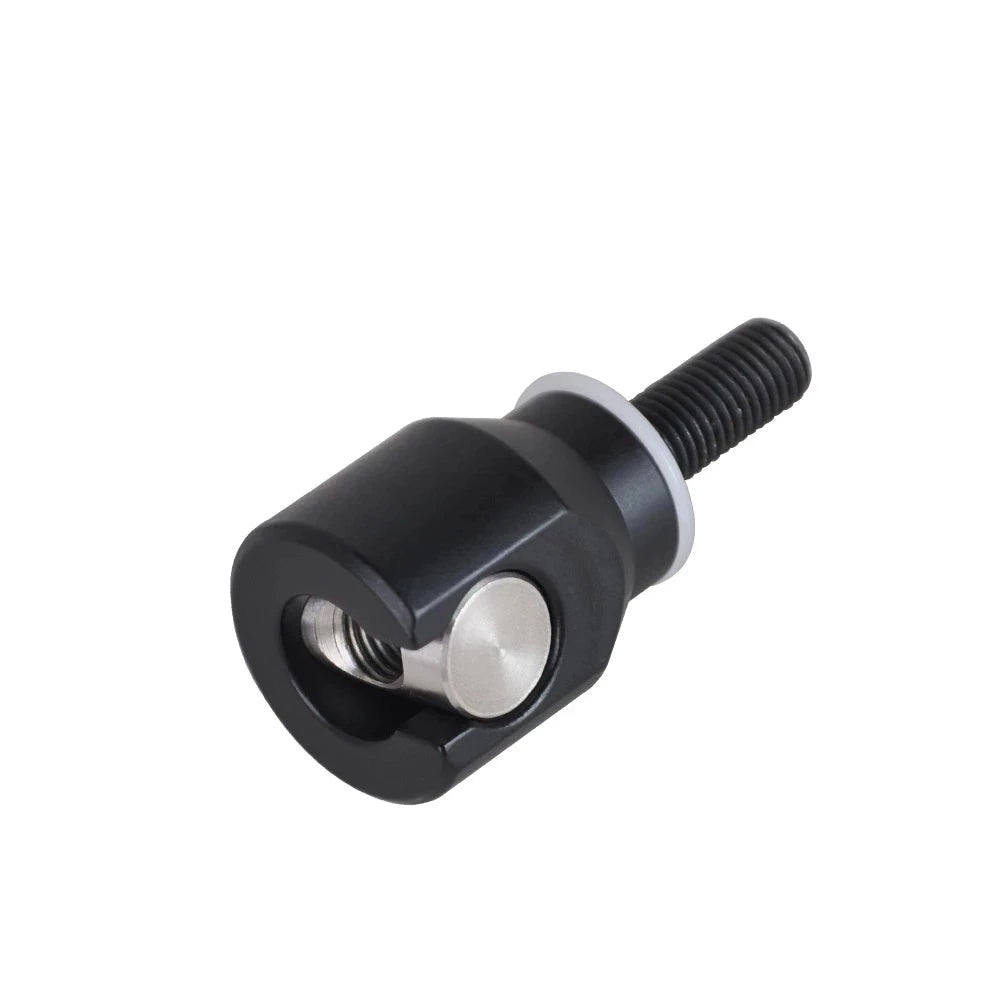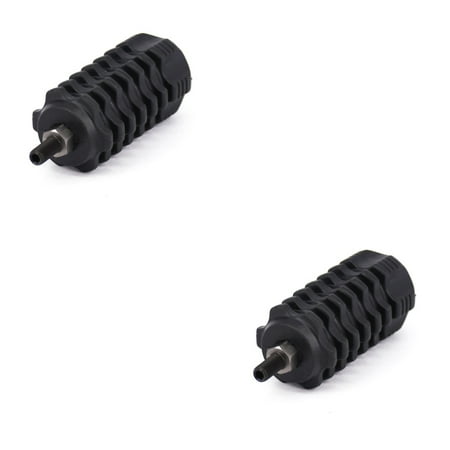Bow Stabilizer Reviews: Find the Perfect Stability Remedy for Your Bow
Bow Stabilizer Reviews: Find the Perfect Stability Remedy for Your Bow
Blog Article
Boost Your Archery Performance: The Ultimate Guide to Bow Stabilizer Setup
Among the various components that add to precision and stability, the bow stabilizer plays an essential role in fine-tuning your shot implementation. Comprehending just how to optimize your bow stabilizer setup can lead to considerable improvements in your overall precision and uniformity on the variety or in the area.
Understanding Bow Stabilizers
In the world of archery equipment, the role and feature of bow stabilizers stand as important elements for boosting shooting precision and security. Bow stabilizers are designed to reduce bow torque, reduce vibrations, and assist in holding the bow stable throughout the intending and launch process. By connecting a bow stabilizer to the riser of the bow, archers can experience better equilibrium and decreased hand shock, causing even more consistent and precise shots.
The main function of a bow stabilizer is to moisten any resonances that take place upon launching the arrowhead. This decrease in vibration not just enhances the shooter's comfort yet also assists keep focus and control throughout the shot cycle. In addition, bow stabilizers aid in reversing the weight of accessories affixed to the bow, such as views, quivers, and arrow rests, making certain ideal weight circulation for improved stability.
Recognizing the mechanics and advantages of bow stabilizers is essential for archers aiming to fine-tune their shooting performance and accomplish greater precision on the array or in the field.

Picking the Right Stabilizer Weight
Selecting the suitable weight for your bow stabilizer is an essential aspect of enhancing your archery configuration for enhanced capturing efficiency. The stabilizer weight straight affects just how efficiently the stabilizer minimizes resonance and maintains your bow during the shot. When choosing the best stabilizer weight, it's important to consider your capturing design, bow equilibrium, and individual preferences.
Lighter stabilizers, normally evaluating between 3-6 ounces, are preferred by archers who prioritize ability to move and quick target procurement. On the other hand, heavier stabilizers, ranging from 8-12 ounces or even more, are chosen by target archers looking for maximum stability and lowered bow activity.
Inevitably, the finest stabilizer weight for you will certainly depend on your capturing goals and choices. Trying out different weights and finding the one that supplies the optimal balance of security and maneuverability is key to boosting your archery performance.
Installing Your Bow Stabilizer
To properly mount your bow stabilizer, guarantee that you have all the necessary devices and follow these detailed directions for a secure and reliable configuration. Start by recognizing the front stabilizer bushing on your bow riser. Many bows have pre-threaded openings for stabilizer installment. Next, apply a tiny amount of bowstring wax to the strings of the stabilizer screw to avoid it from loosening throughout use.
Carefully string the stabilizer right into the front bushing by hand, making certain not to cross-thread it (bow stabilizer). When the stabilizer is comfortably in position, make use of a suitable wrench to tighten it securely. Prevent over-tightening, as this can create damage to the bow or stabilizer
After mounting the stabilizer, check to ensure it is straight and aligned with the bow. Some stabilizers feature adjustable weights or dampeners; change these according to your preferences and shooting style. Lastly, test the bow to guarantee the stabilizer is successfully lowering vibration and boosting your shot consistency.
Adjusting Stabilizer Placement for Accuracy
After mounting the bow stabilizer firmly, enhancing its placement is crucial for enhancing accuracy in your capturing. The placement of the stabilizer can substantially impact the equilibrium and security of your bow during the shot cycle. To adjust the stabilizer for optimal precision, beginning by try out different positions. Moving the stabilizer more detailed to the riser can help in reducing the see this page bow's total weight circulation, potentially improving your aiming stability. On the other hand, expanding the stabilizer better out can improve the bow's forgiveness and lower the results of torque on the shot.
When changing the stabilizer position, take into consideration the kind of capturing you do. For target archery, a longer stabilizer placed even more out could be beneficial for included stability throughout the aiming process. On the various other hand, hunters might choose a much shorter stabilizer for much better maneuverability in the area. Remember to make tiny modifications and examine your configuration after each change to determine the optimum position for your capturing style and choices.
Fine-Tuning Your Stabilizer Configuration

Additionally, consider the positioning of any type of dampeners or weights along the stabilizer pole. Relocating these parts closer to or further from the riser can alter the stabilizer's general result on your bow's equilibrium. Fine-tuning these information important site can help in reducing vibration, reduce hand shock, and improve general control throughout the shot execution.
Consistently reassess your stabilizer setup as your shooting method advances to ensure it remains to complement your type and capturing objectives. By finetuning your stabilizer configuration with precision and treatment, you can optimize your bow's performance and raise your archery abilities to new elevations.
Conclusion
Finally, optimizing your bow stabilizer arrangement is crucial for boosting your archery performance. By comprehending the objective of stabilizers, choosing the proper weight, correctly mounting and positioning the stabilizer, and adjust its configuration, you can enhance your precision and uniformity in shooting. Take the time to trying out different configurations and adjustments to locate the configuration that functions finest for you and assists you achieve your archery objectives.
Bow stabilizers are made to decrease bow torque, decrease resonances, and assist in holding the bow steady throughout the intending and launch procedure. By attaching a bow stabilizer to the riser of the bow, archers can experience improved balance and minimized hand shock, resulting in even more consistent and precise shots.

The stabilizer weight straight influences exactly how efficiently the stabilizer reduces resonance and supports your bow throughout the shot. bow stabilizer. By recognizing the objective of stabilizers, selecting the appropriate weight, properly placing the stabilizer and mounting, and fine-tuning its configuration, you can boost your precision and consistency in shooting
Report this page